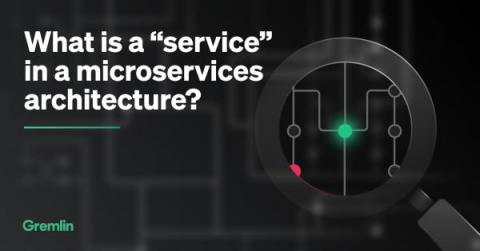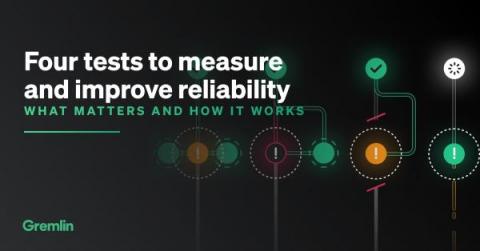Operations | Monitoring | ITSM | DevOps | Cloud
Latest News
7 Common Kubernetes Pitfalls
Aiven Provider for Terraform hits 1M downloads
4 Tips With Qovery To Reduce Your Cloud Costs
What is a "service" in a microservices architecture?
The past ten years marked a significant change in how software teams build and deploy applications. We moved away from bulky, slow, monolithic applications toward lightweight, scalable, distributed service-based applications. Meanwhile, tools like Docker, Kubernetes, and other container platforms helped accelerate this process. Despite this sudden growth, a fundamental question remains: what exactly is a service, and how does it fit into a microservice architecture?
What are the four Golden Signals?
When it comes to building reliable and scalable software, few organizations have as much authority and expertise as Google. Their Site Reliability Engineering Handbook, first published in 2016, details their practices to maintain reliability as Google scaled. But when you have over a million servers running thousands of services across more than twenty data centers, how do you monitor them in a consistent, logical, and relevant way?
Fundamentals: Load Balancing and the Right Distribution Algorithm for You
With the right load balancing in place, the demand of increasing web traffic can become manageable, but how do you determine which load balancing algorithm is best suited for your applications? Does the ease of use of static load balancing better suit the services you provide, or would your system benefit from a more complex and dynamic set of algorithms to maximize efficiency? In this blog post, we discuss what to consider when deciding on the right load-balancing algorithm.
Four tests to measure and improve reliability: what matters and how it works
Legendary race car driver Carroll Smith once said, "until we have established reliability, there is no sense at all in wasting time trying to make the thing go faster." Even though he was referring to cars, the same goes for technology: no amount of code optimization or new features can replace stable systems. Unfortunately, much like race cars, it's hard to know that a system is unreliable until it blows a tire, the brakes stop working, or the steering wheel comes off the column.
How DBAs are Using SolarWinds DPM and Marginalia to reduce MTTR
Canonical Kubernetes 1.25 is now generally available
The Canonical Kubernetes team is delighted to announce that Canonical Kubernetes 1.25 is now generally available, with Charmed Kubernetes joining our Microk8s release last week, following the release of upstream Kubernetes on 23 August. We consistently follow the upstream release cadence to provide our users and customers with the latest improvements and fixes, together with security maintenance and enterprise support for Kubernetes on Ubuntu.











